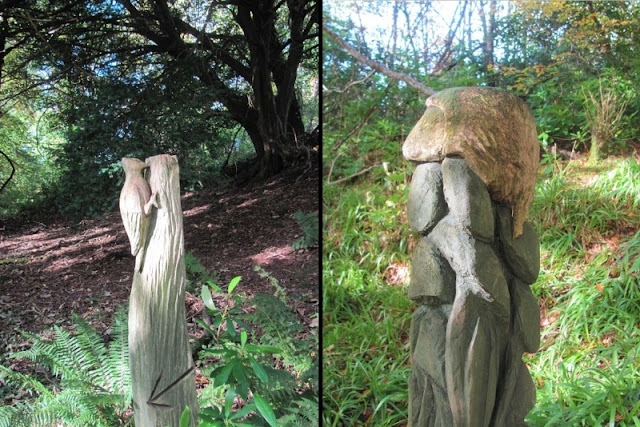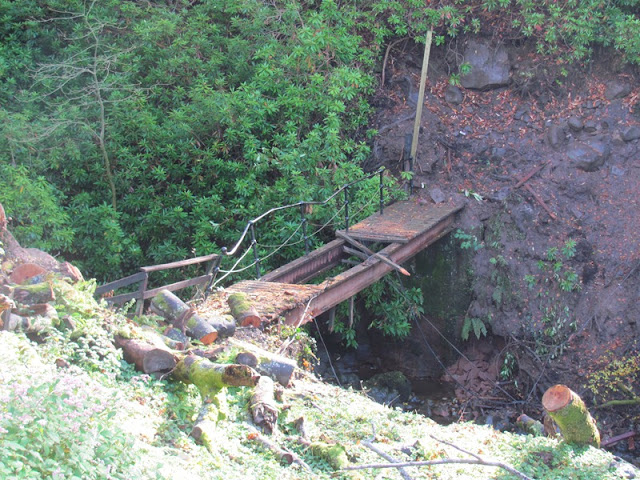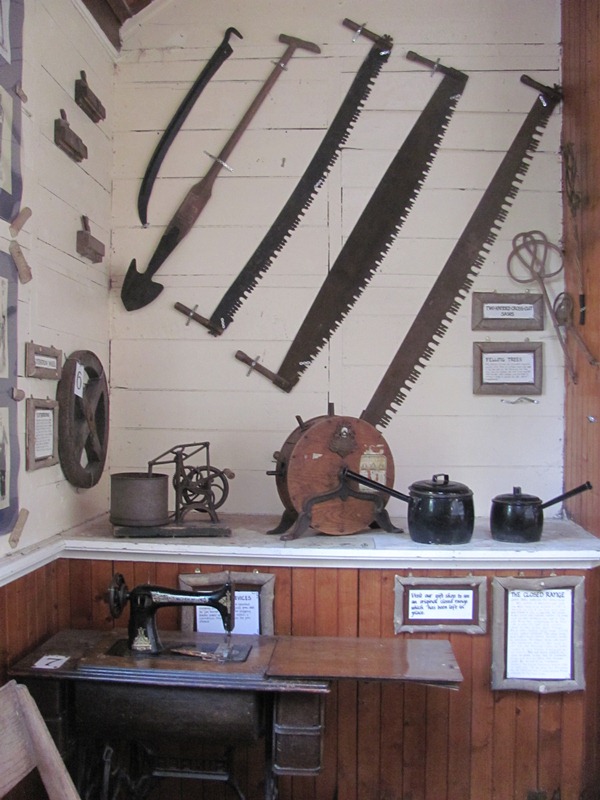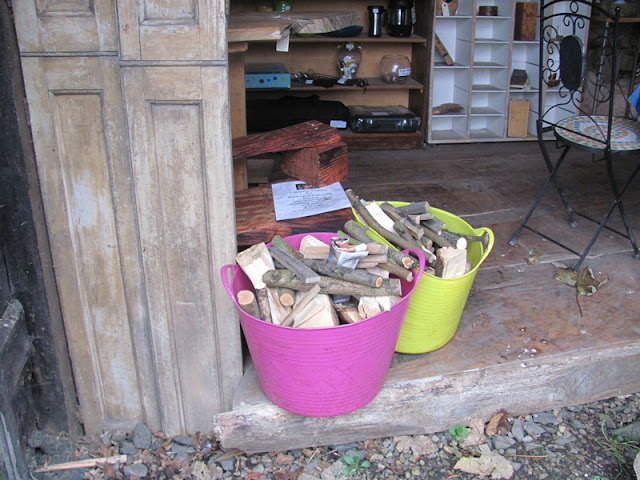It is quite difficult sometimes to be sympathetic to people who live in great big houses especially when they've inherited it from great, great ,great, grandpa who built it with his hard earned/won/stolen loot way back in the dim and distant mists of history. The main problem for many of the country's gentry is that the money run out a century ago and something with a hundred plus rooms and is 300 years old, doesn't keep itself up. That's why many of the countries stately homes are now in the hands of the National Trust (who often let the previous owners stay in an apartment in the main building or a house on the estate as part of the handover deal). Some owners are patently quite good at making a profit out of their stately home and therefore keeping it running (the Marquess of Bath who owns Longleat is a good example) but others appear to be limping along - Kelburn Castle, owned by the Earls of Glasgow seems to be one of those.
Built originally in the 13th century, the tower from that period still forms the core of the house. There was a good bit of building work done 300 years later but most of what you see today was built by the 1st Earl of Glasgow in around 1700. The house itself was not open, something of a disappointment to me, but the grounds have a riding school in them and lots of facilities for kids to play.
The main reason I went to see it, apart from the fact I was passing anyway, was because I had heard of its rather unusual paintwork. In 2007 the current Earl on discovering that harling on the castle was in need of replacing soon, decided to get a team of Brazilian graffiti artists in to decorate the walls at a cost of £20000. Historic Scotland agreed to it on the grounds that it was only temporary. The graffiti is still there but it seems not for long. The Earl would like it to stay (it is probably a fair old money spinner for him) but the lastest news suggests it's on it's way out. If work needs done under the paint, then that's one matter, but if it's just somebodies idea of decorum, then I don't see why the wall can't stay the way it is. We've go no shortage of more normal castles in the country and I'm not sure who would come and look at it anyway if it was returned to the way it was.
The Kell Burn runs through a picturesque glen on the estate. Semi wild, it was regarded in the 18th century as one of the most romantic landscapes in Scotland (so says a sign post).
A sculpture trail has been laid round the walk through the glen. Not sure I'm hugely impressed.
The presence of timber nearby suggested this bridge was in the process of building, though no signs suggested it wasn't ready or safe - The fallen leaves and general dampness of the day made it feel rather slippy and precarious.
Unfortunately it seems that nature is way ahead of their bridge repair program - this one came a cropper from a falling tree earlier in the year.
Of course, a walled garden.
They had this old Vauxhall sitting outside.
The badge is pretty similar to the current Vauxhall symbol......
........though you won't see many of these on a modern Vauxhall's bonnet.
A small museum has been put in a tin shack.
The floor inside was flooded and all was generally a bit scruffy.
The 7th Earl of Glasgow, David Boyle, was made the Governor of new Zealand in 1892. I expect these spears are a souvenir of his days there - they look as if they are Maori to me.

They had a medieval day on when I was there. These two knights are teaching local kids some useful skills.
Wait a minute! Is it not enough that the fellow is wearing armour, fighting kids and has a real sword where the kids have swords made of tin foil and sticks, but he appears to be making use of a third arm.
I think Edinburgh zoo ought to be doing a head count - There was a giant panda there.
A last look at the castle.









































































